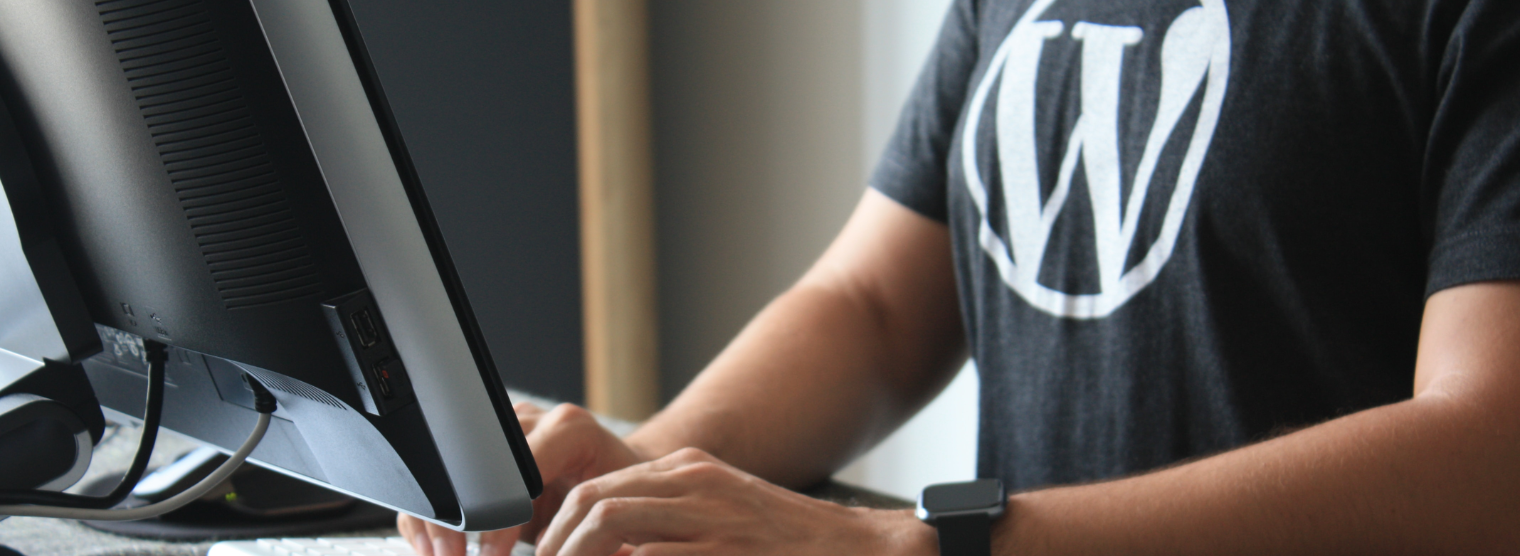- Python
- Java
- Javascript / Jquery
- C, C# & C++
- SQL
- PHP
- Go
- Ajax
- Visual Basic (ms office)
- Angular
- Laravel
- .net & asp.net
- Flex, Flash
- Linux
- Swift
- Rust
- Matlab
- Django
- Ruby On Rails
- MEAN Stack
- MERN Stack
- MEVN Stack
- LAMP Stack
- LEMP Stack
- LAPP Stack
- LEAP Stack
- LLMP Stack
- XAMPP Stack
- WAMP Stack
- WIMP Stack
- MAMP Stack
- Flutter Stack
- Serverless Stack
- Misc & Others
- Browse All Categories
Unleash Your Website's Potential with WordPress CMS Platform: A Comprehensive Guide
If you are wondering what WordPress is and why it is so popular, let us tell you that WordPress is a free and open-source content management system (CMS) that is used to create and manage websites. It was first released in 2003 and since then it has become one of the most popular CMS platforms in the world. Based on PHP and MySQL it is currently the most popular website platform in the world, used by millions of websites and blogs. It was initially developed as a blogging platform but gradually became a powerful CMS that can be used to create any type of website, from simple blogs to complex e-commerce websites.
It is easily available to download from the official WordPress website. It provides a user-friendly interface that lets you create digital content without having to write a single line of code. The best thing about WordPress is the availability of a rich library containing thousands of themes and plugins that lets you customize the appearance and extend the functionality of your website. WordPress is popular among its users because it is highly flexible and customizable allowing users to create websites that suit their needs and requirements.
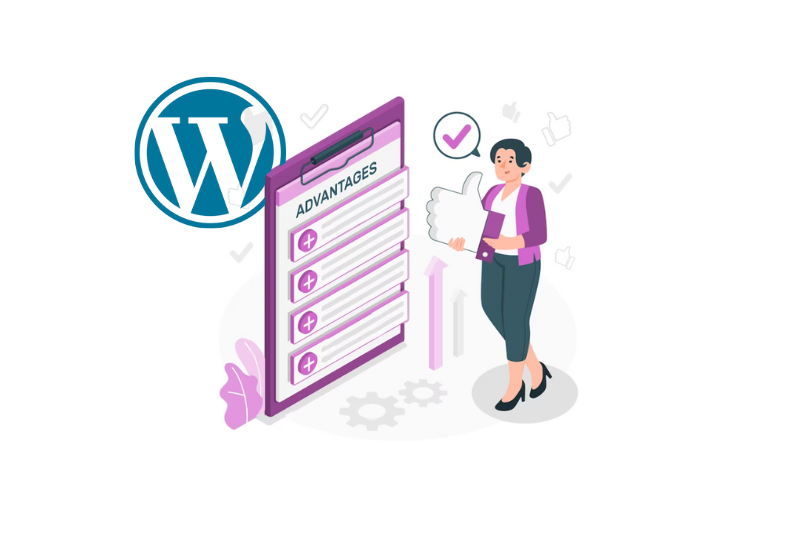
Advantages of Using WordPress Website Builder Platform
- User-friendly interface
- Extensive customization options
- Wide range of plugins and themes
- Search engine optimization (SEO) capabilities
- Mobile-responsive design
- Scalability
How to Get Started with WordPress Website Builder Platform
WordPress installation is the process of setting up the WordPress software on a web server to build a website using the WordPress platform. In order to get started with Wordpress you need to know that there are two ways of WordPress installation: one-click installation and manual installation. When you sign up for a hosting provider you can avail the facility of one-click installation from your hosting account’s dashboard. Most hosting providers offer this particular feature. But if you want to install WordPress manually, then you need to download WordPress files from its official website, upload them to the server using an FTP client, set up a database, and then configure the settings on your own.
After WordPress is installed, you can log in to your dashboard and then start customizing your website as per your need. It includes installing security and SEO plugins, adding themes, creating pages and designing layouts, and adding additional elements like logos and fonts. So, WordPress installation is the initial step of creating a website and the process is very straightforward. Installing WordPress might look confusing at first, but with a bit of patience, beginners can successfully setup a WordPress Website.
Here is a step-by-step guide for beginners on how to get started with WordPress:

Choosing a web hosting provider:
First, you need to choose a hosting provider which is compatible with WordPress.Some popular hosting providers include HostGator, SiteGround, Bluehost, WP Engine, DreamHost, InMotion Hosting, etc.
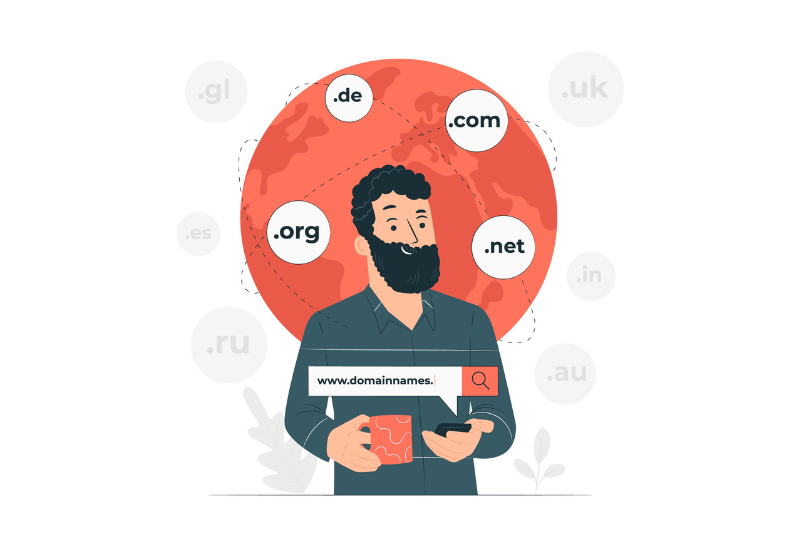
Choose a domain name:
When choosing a domain name for your website, it is very important that it reflects your brand and focuses on your target audience. Always select a domain that is simple and easy to remember. Try to keep it short and make sure it has keywords that match your niche and are related to your business.

Signing up for a hosting plan:
A WordPress hosting plan is generally a hosting plan that optimizes the performance of a WordPress site. There are different types of WordPress hosting plans such as, including shared hosting, virtual private server (VPS) hosting, and dedicated hosting. You can choose shared hosting if you have a medium to small or medium-sized website. If you have a large website that has huge traffic then you must choose VPS hosting. So choose the plan according to your need and budget.
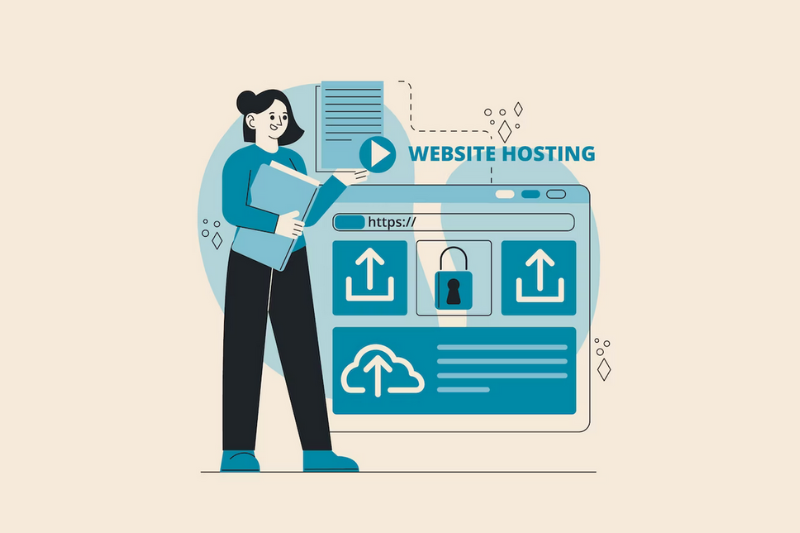
Accessing your hosting account:
After signing up for a hosting plan you need to log in to the hosting account and find the “Manage” button that is usually under the "WordPress Hosting" or "Managed WordPress section. Then you can do things like manage files, configure the security settings, manage databases, and many more.
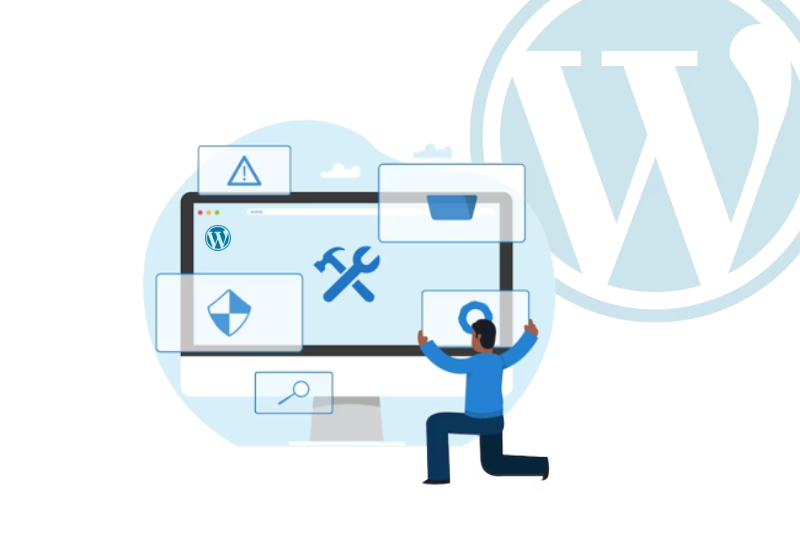
Installing WordPress:
Your hosting provider will provide a one-click installation process for WordPress which is usually located in your hosting account’s dashboard under the “Quick Install” or “Instal WordPress” section. You can also download and install Manually by visiting the official website and then uploading the WordPress files to your server using an FTP client.
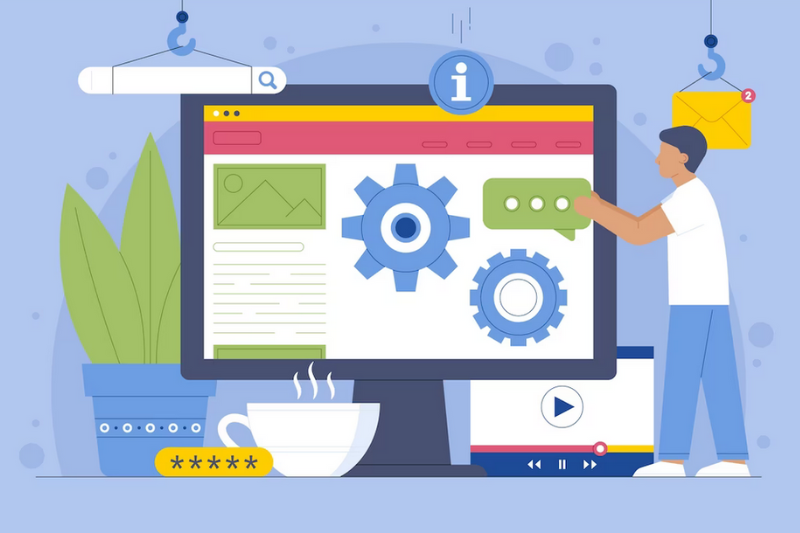
Configuring your WordPress site:
The final step is to configure your WordPress website to make it secure, more user-friendly, and more optimized. You can add themes, install SEO and security plugins, create blogs, posts, add images and videos, etc and make your website stand out in the crowd.

Choosing a theme:
Once you have successfully installed WordPress, you need to select a theme that suits the purpose of your website. The website has a rich library of themes that can be downloaded from the WordPress repository or third-party marketplaces. There are both free and premium themes to choose from.
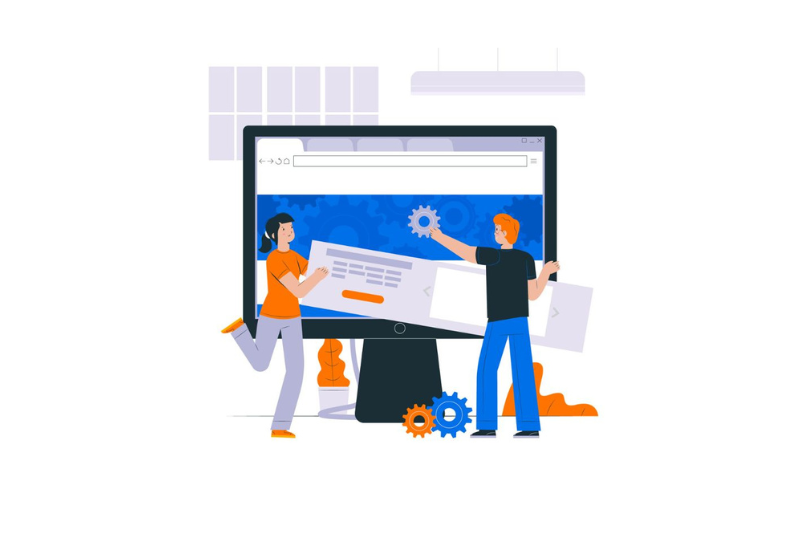
Installing Plugins:
Plugins can increase the functionality of your website to a great extent. You can get thousands of free and premium plugins available for WordPress which range from security plugins to SEO plugins. Some best plugins to consider are WooCommerce, Rank Math, and JetPack
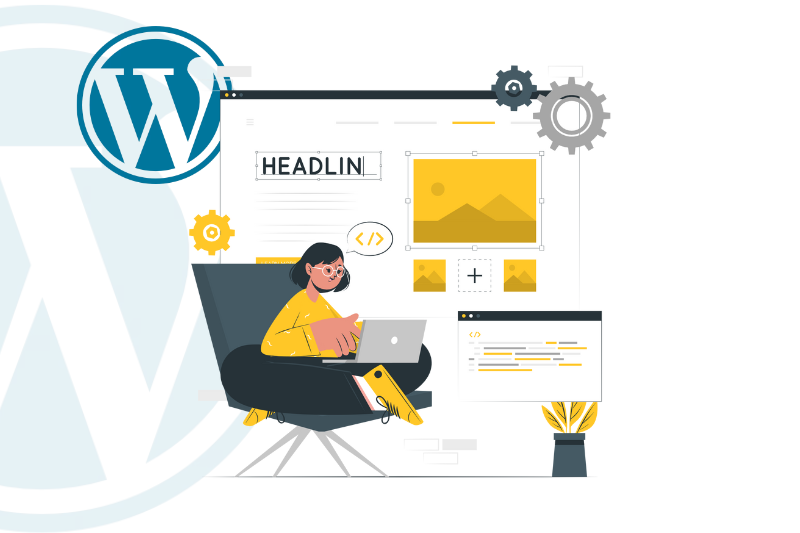
Examples of Successful Websites Built with WordPress Website Builder Platform
WordPress is a popular website builder used to different kind of websites. Some instances of successful websites created with WordPress CMS platform include TechCrunch, The New Yorker, BBC America, Sony Music, The Walt Disney Company, and The White House. Because of its flexibility,
Its flexibility, ease of use, and plugin/theme support make it a favored choice among builders.
Frequently asked Question
Learn about features from FAQ!
There are many variations of passages of Lorem Ipsum available, but the majority have suffered alteration in some form, by injected humour, or randomised words which don't look even slightly believable. If you are going to use a passage of Lorem Ipsum, you need to be sure there isn't anything embarrassing hidden in the middle of text. All the Lorem Ipsum generators on the Internet tend to repeat predefined chunks as necessary, making this the first true generator on the Internet.
A: WordPress.org is the self-hosted version that offers more control over a website’s features and design than the hosted WordPress.com option.
A: Most hosting providers provide a one-click installation solution for WordPress which makes the installation process super easy. Hence, you don’t need any coding experience at all to get started
A: The cost of WordPress installation can vary depending on the hosting provider and the hosting plan you have opted for. Those providers offer a one-click installation feature for free while some providers may charge some fee. The cost of installing WordPress can range from a few dollars a month to hundreds of dollars per year.
A: WordPress can easily be installed on an existing website as long as your hosting provides supports WordPress and your website is optimized for WordPress installation
A: Installing WordPress is generally straightforward and can be accomplished in a few steps. Hosting providers often offer one-click installation options to simplify the process further.
A: The minimum requirements for installing WordPress are PHP version 7.4 or higher, MySQL version 5.6 or higher OR MariaDB version 10.1 or higher, and HTTPS support.
A: Yes, WordPress can be installed on a personal computer through applications like XAMPP or WAMP, but it’s typically not recommended for beginners and is more suitable for developers or advanced users.
A: Although one-click installation options are the simplest method, WordPress can also be installed manually by following the instructions on WordPress.org.
Conclusion
To sum up, if you are an individual or a company looking to create a website without going through much trouble, the WordPress website builder platform provides you a wide range of features and customization options Because of its easy-to-use interface, SEO capabilities, mobile responsiveness and availability of wide range of themes and plugins. With WordPress you can create a professional looking website and that without having any prior coding experience.We recommend users to try WordPress once and avail the various features it offers. WordPress can help you create different types of websites according to your preference. You can create a blog, e-commerce website or a business website using WordPress. You should definitely try Wordpress as it a very much flexible and reliable platform and find out the reason of it’s worldwide popularity.


